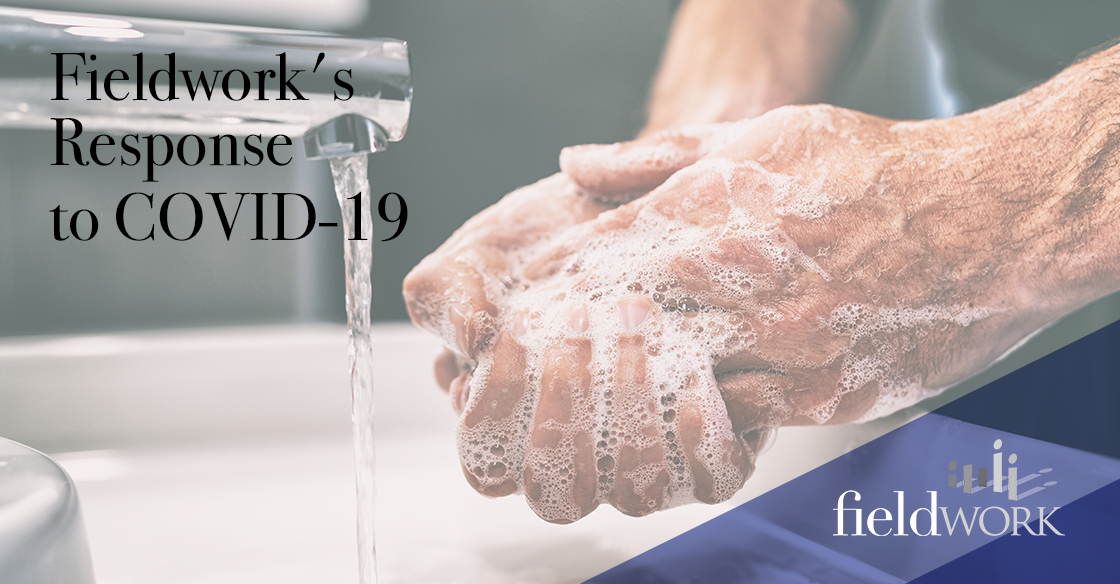The medical device industry is an innovation hot spot. Each of these innovations goes through rigorous FDA approval beyond the original research and development process. When a prototype, instructions, or an existing device needs to be tested for qualitative feedback from the targeted end-user, human factors specialists turn to researchers to set up usability tests and interviews with actual patients and medical professionals.
5 Considerations For Human Factors Testing
From our extensive expertise in recruiting, setting up, and completing many medical device market research studies, here are five pitfalls to avoid so your project can be completed without unexpected interruptions or delays.
1. Setting the Scene
Any project designed to validate and test human factors requires the simulation of real-life environments. When a test calls for training participants in proper usage of the device, thought should be made about simulating the actual environment in which they will ultimately use it. If the product or device will be used in a home bathroom or kitchen, then the sterile, overly-bright light you would find in a clinical setting would not closely approximate the true use environment.
2. Decay Times
As a follow-up to set the right scene, it is important to also consider the reality of human error. As with any new device, users are often keen on the instructions when first shown how to use it, but human memory fails, and a proper memory decay time should be adequately built into a study for a true look at how accurately this product may end up being used. Setting the appropriate time for decay is different for each product, but accounting for this decay time when booking recruiting and research facilities is essential.
3. Nomenclature
The medical industry is full of jargon that few people outside of it understand. Like all things, once we adapt to acronyms, shortcuts, and devices we’re familiar with, we often forget that others do not share our knowledge. A simple example within the medical device field is an epinephrine auto-injectable device. While anyone near the medical field would know exactly what this device is and how to use it, this nomenclature may lead someone to believe this is actually to be used much like an actual pen. The object is, in fact, not a pen, nor is it used like one. Considering ways to avoid medical jargon when working with real end-users can create better results as people are often afraid to ask questions which reveal their ignorance.
4. Identify the Iteration
The development and testing of a medical device is not a linear journey. Often multiple disciplines and departments are involved in the process. Experts with diverse disciplines such as a medical doctor, a bioscience expert, and a mechanical engineer may be working in isolation on the same project. While early collaboration and a less siloed environment for development is ideal, it is rarely the reality. To mitigate the risk of delay or project abandonment, consider iterative opportunities along the way. Formative segments, such as expert interviews or small focus groups, could be implemented during the development process. When the device is ready for formal validation studies, these summative evaluations can be formalized with exact quotas as needed. These small iterations within medical market research can pay big dividends.
5. Get a Handle on Managing Respondents
There are few industries where research and testing phases are less flexible than in medical device testing. FDA regulations alone provide specific representative samples and timelines which require a host of multiple processes to converge at the right time. In the midst of massive investment both financially and in human effort, the device is ready for human factors testing. Medical research recruitment often involves finding the proverbial needle in the haystack. Medical recruiting experts are called upon to deal with extremely low incidence rates to bring the right participants to the study. Cutting corners in recruiting is not recommended.
But finding the right recruits is only half of the job. Making sure those hard-to-find study participants arrive on time, in the right frame of mind, and are prepared to complete the study is the job of experts. The cost of no-shows or non-completes can create delays or force reschedules and both of those situations are costly. Missing deadlines or severely compressing project timelines can be the result of poor recruiting efforts.
Ultimately, human factors testing for medical devices is seeking validation that the product, as-is, will work not just in a clinical setting, but in the lives of those patients, it seeks to serve. Strategic management of this fieldwork requires finesse of bringing together a diverse group of experts. Whether your project involves medical specialists, mechanical, electronic, usability and software engineers or multiple departmental stakeholders, the common goal is finding a clear path to bring the product to market. Relying on strong partnerships to make this all happen is key to the project success.
The medical industry continues to grow and change every day, and recruiting qualified health care professionals, patients and caregivers can make or break your medical research study. Click below to download our free guide that breaks down expert medical research recruiting.


.jpg?width=400&name=20200722-fw-pillar-page-medical-recruiting-sidebar-r1%20(1).jpg)


